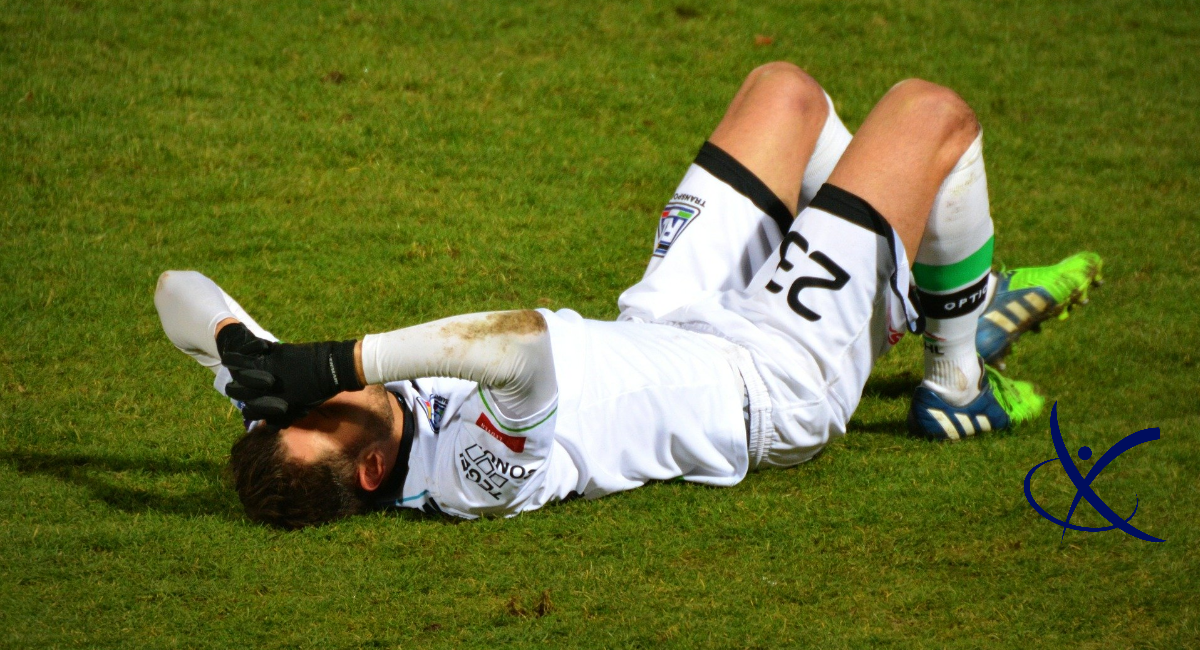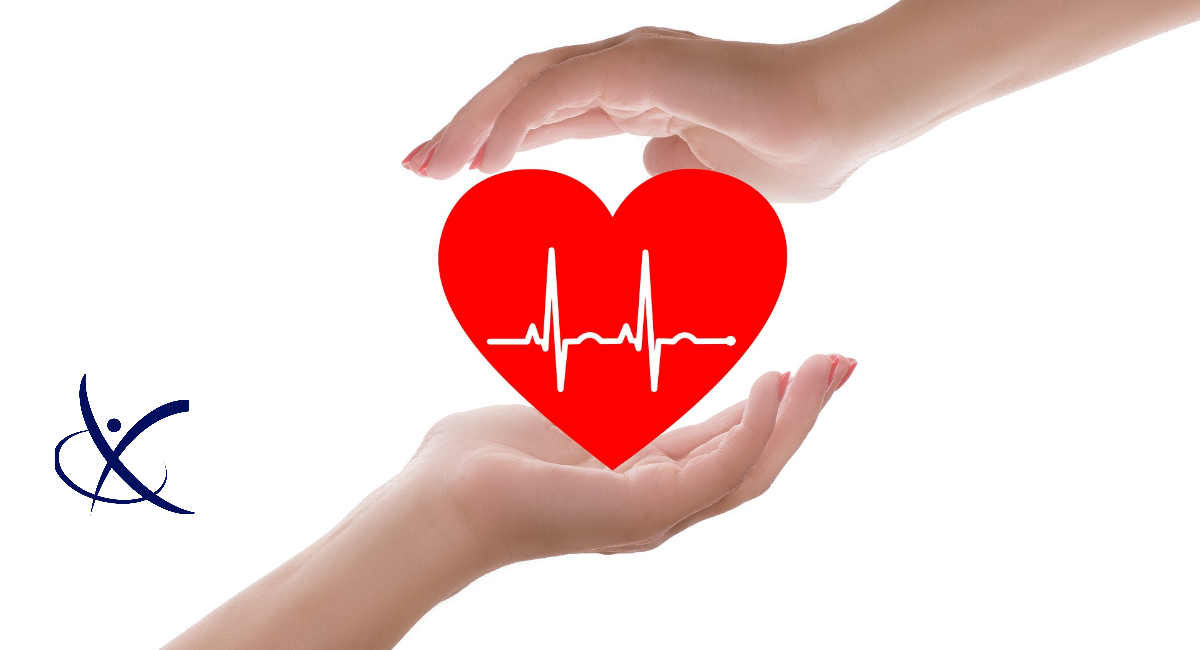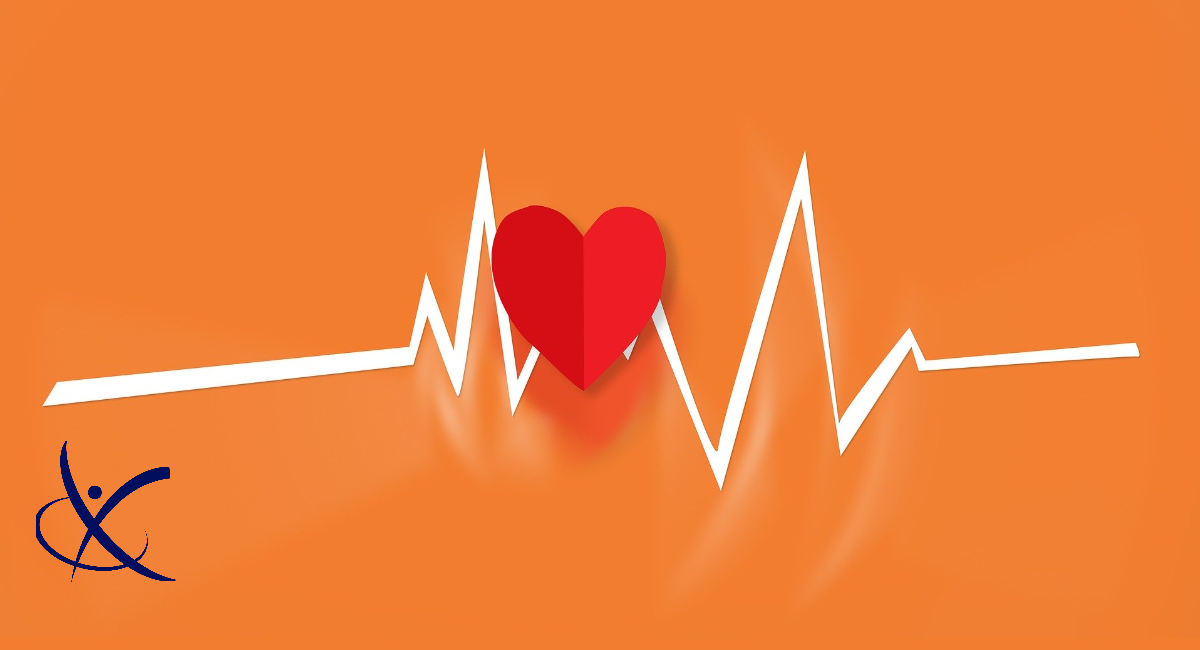
The Pain Game
August 2, 2020
How Our Heart Rate at Rest and During Recovery Tells A Story
August 16, 2020How Can your Heart Rate Predict if You’re Getting Sick?
Understanding red flags in your basic exercise response.
 It’s no surprise that the heart is pretty important. I mean if we were to think about vital organs, my guess is heart, lungs, and brain would come first. The computer chip runs the machine, so without our brain, we don’t move. And the heart and lungs supply the fuel, the stuff that allows us to move. The more we do, the more those organs have to work. I alluded to this back in my first post about our fitness trackers and what these variables mean. And I also promised we would delve into them a bit more. To start, let’s get into Heart Rate (HR) and Respiratory Rate (RR).
It’s no surprise that the heart is pretty important. I mean if we were to think about vital organs, my guess is heart, lungs, and brain would come first. The computer chip runs the machine, so without our brain, we don’t move. And the heart and lungs supply the fuel, the stuff that allows us to move. The more we do, the more those organs have to work. I alluded to this back in my first post about our fitness trackers and what these variables mean. And I also promised we would delve into them a bit more. To start, let’s get into Heart Rate (HR) and Respiratory Rate (RR).
As we exercise, or go up a flight of stairs, or carry your friend’s dishes out of his moving truck, or play with your dog, there is excess demand placed on your body. The more you move, or stress your body, the more oxygen and fuel you use to get the task done. The longer or harder the task, the more demand. As already mentioned oxygen and fuel are what you need more of during these times. We’ll call them the “goods.” The only way to get the goods to where they have to go is through your bloodstream/blood vessels. It’s the never-ending highway of the supply chain, and your activity level/duration dictates how quickly it has to work.
When the brain acts as the computer chip or main processor, it understands the needs of your body and makes appropriate changes. As you exercise, the brain will recognize that you are running low on the goods, and it will change the rate at which your heart and lungs work. This is the exercise response. As your activity or demand goes up, your brain makes your heart and lungs work more to increase the amount of supplies/goods and to increase the rate at which they get there in order to match the rate at which they are used. This is crucial to keep us moving.
In my previous post, we talked about Heart Rate (HR) being measured in beats per minute (BPM). In each beat, a certain volume of blood is pumped out of the heart into the blood vessels for the body to use. At any given time, your BPM is set to match the demands of that timeframe. Any increase in demand will trigger a response. So the BPM will also increase in order to pump more blood per minute because the oxygen and other contents are being used up more quickly. Must keep the supply running to match the demands minute to minute. Too little ends up in fatigue, and too much is wasteful so your body will bring the HR down, this is called Heart Rate Recovery (HRR) (more on that in the next blog). So it is a delicate dance that your brain choreographs to ensure your heart pumps just enough to supply more blood and “goods” for the body to use. One benefit of exercise is training adaptations. Now a few things can happen; your body can either become more efficient at that activity level (demand) and therefore it won’t need as much oxygen and blood to get the same work done, or your heart can become stronger to pump more blood per beat, your heart is made up of muscle after all. If your body becomes more efficient and doesn’t need as much excess blood, then your HR will go up but not as much as it used to the first time you did that activity. Or, it’s also possible your heart has become stronger so it beats harder each BPM and can expel or push more blood out with each beat than it used to. This is also a training adaptation that can help keep your HR under control. It will become strong enough to beat less but still deliver sufficient materials for your body because it can deliver more volume with each beat.
The same concept is responsible for your respiratory rate or how many breaths you take per minute. Your lungs must fill with air as you breathe in to take in oxygen and get it to the blood vessels. Your heart pumps blood directly to/through the lungs in order to “load it up” with oxygen before heading to the rest of the body. Think of it as your local UPS truck. If the truck doesn’t hit the warehouse first before it goes out on its route then there’s really no point of it leaving at all. So once your lungs fill with air and the oxygen is pushed into the bloodstream, you exhale and get ready to fill back up. Just like your heart pumping blood continuously, your lungs will continue to exchange air for your body to use. The more demand, the more oxygen needed. So the heart is the delivery mechanism whereas the lungs supply the goods. Both have to work hand in hand at the same rate to be effective and meet the demands of the body. Your RR will increase as your body dictates.
This is the basic exercise response and how it affects your body, specifically your heart and lungs. We can track this to ensure the response is appropriate, and thanks to modern tech, we can even begin to predict injury based on these measures, if you know what to look for. Things that can affect your HR negatively are injury, illness, stress, etc. So basically anything that affects your system negatively will make it harder for your body to achieve the same result. We can use this knowledge, and use these fitness trackers to look at your trends and start to see when your body is becoming less efficient. At the most basic levels, if a seemingly simple, or a usually easy task, generates too high of an HR or RR response, then that is an immediate red flag. If the effort is off the charts for an “easy” task, then we want to see those numbers and make changes accordingly. Sometimes people recognize it and pay attention, while others dismiss that the body is sounding a red alarm. Sometimes the increased response is indicative of an underlying need for recovery, and if the person continues to push they may get injured. Or it can be the precursor to the common cold, or COVID-19 indicating an already stressed system.
The use of this data can be so incredible if we only know what we’re looking at! Definitely stay tuned because we’ve got some pretty cool stuff coming your way.
Happy Training!




